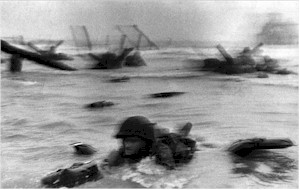If you want to make your portraits look like they have been shot by a seasoned pro and scream out " I have something to say" then I have some great news.
Between us we can make that happen.
This a picture of Charlie Kray the older brother of The Kray Twins notorious gangsters during the 1960's. I wanted him to give me that intense stare and it took many frames and quite a lot of whisky to achieve it. I knew what I wanted to say and started from there, once you have a starting point you can always return to it if you lose your way.
As usual there is a pdf below for you to download that will explain how to make the eyes look a little more interesting. The tip is used by the likes of Terry O'Neill and I should know as I assisted for him many years ago.
Have a look in the eyes? Do you notice anything about them? Why not look again once you have read the pdf?
This weekend is Hackney Wicked a large arts festival near to the Olympic Village which is full of amazing work from artists photographers and designers. If you are in London it is well worth a visit.
"If there is a single quality that is shared by all great men, it is vanity." Yousaf Karsh
Professional Photographic Portraits -













